Self-Portrait
Max Liebermann
1920
Image
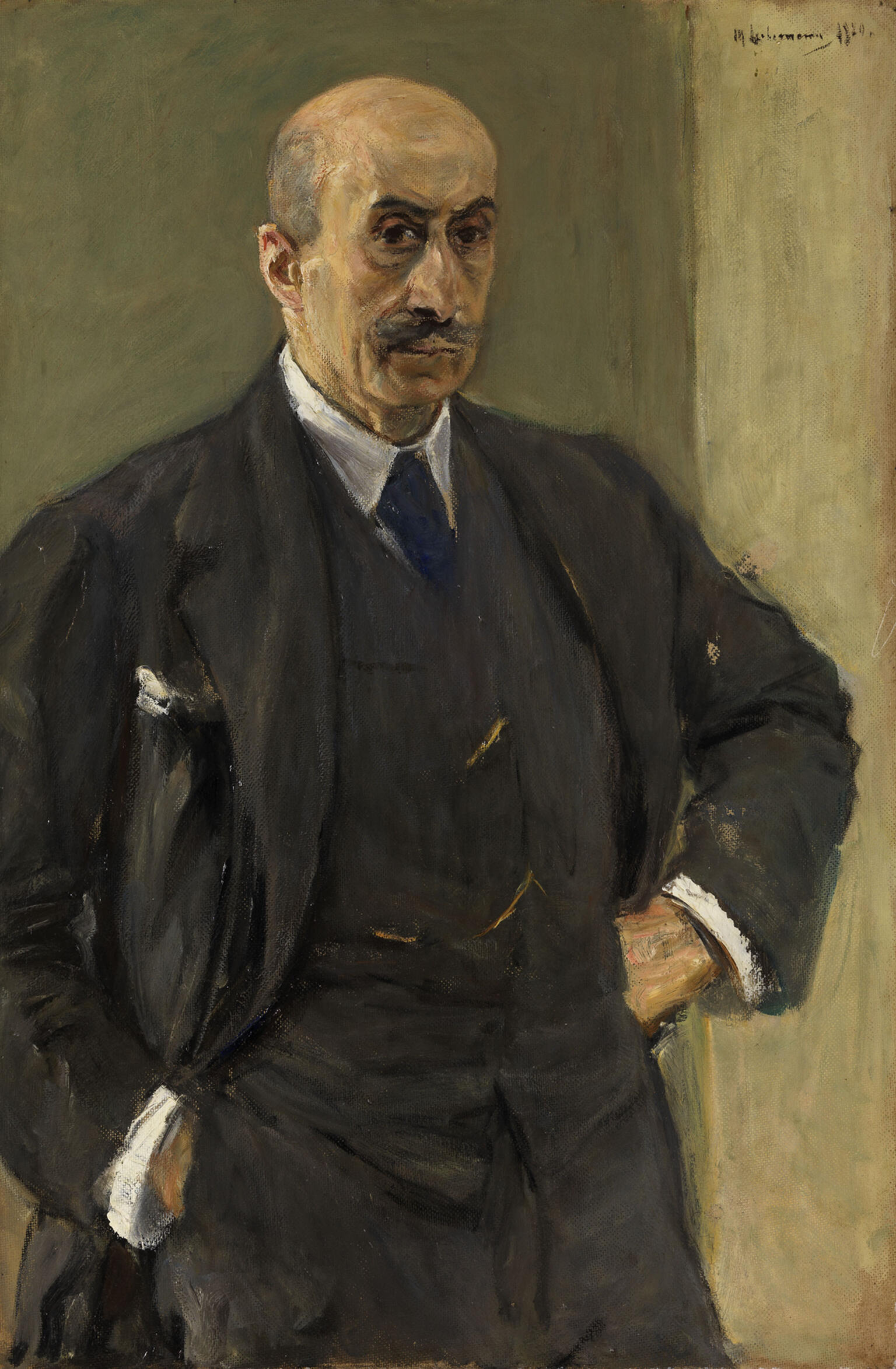
Engage with this Source
Creator Bio
Max Liebermann
1847–1935
Max Liebermann, the son of a wealthy Berlin Jewish family, was a dominant figure in the German art world in the late-Imperial- and Weimar periods. He initially painted Dutch peasants in a realist style, then led the antiestablishment naturalist movement in the 1880s and 1890s, and, after 1895, worked for many years in an impressionist style. He was famous for his portraits and his scenes of bourgeois life. Liebermann helped found and served as the president of the progressive Berlin Secession from 1898 to 1910 and was president of the Prussian Academy of Arts from 1920 until Hitler’s rise to power in 1933, when Liebermann was forced to resign his position.
You may also like
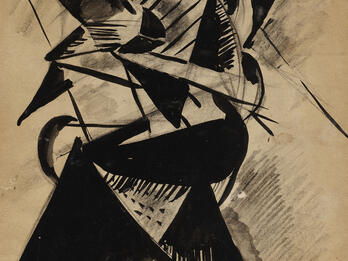
Man with Torah
Frenkel, whose work was shaped by the School of Paris (École de Paris), played a key role in bringing modernism to Israeli art. Among his students were prominent members of what is known as the Land…
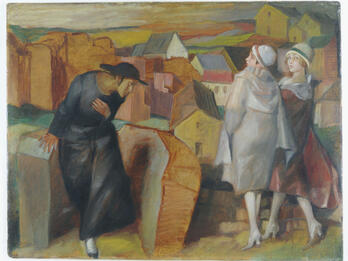
The Meeting: A Jewish Youth and Two Women in an Urban Alley
The Meeting, Schulz’s only surviving oil painting, obliquely explores a theme he returned to many times in his writing and art, namely, sadomasochism, this time in the context of an encounter between…

Cover, Di malke Shvo: dramatishe poeme
In 1920 and 1921, Broderzon, the guiding force of Yung-yidish (Young Yiddish), a literary and artistic group he co-founded in Łódź, published over half a dozen books of poetry and plays. Prolific and…
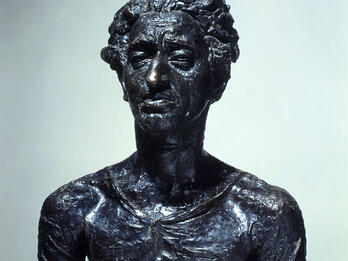
Jacob Kramer
The rough-hewn sculptures that Epstein created early in his career, like that of the painter Jacob Kramer (1892–1962), departed from the conventions of classical Greek sculpture in a radical way that…
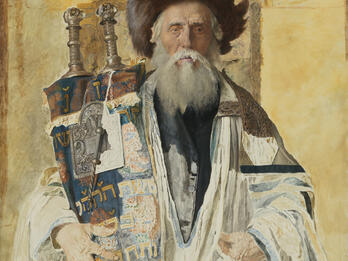
Of the High Priest’s Tribe
An important Jewish genre painter, Kaufman drew inspiration for his romantic depictions of traditional Jewish life from trips to Moravia and Upper Hungary, Galicia and Bukovina and areas of Russian…
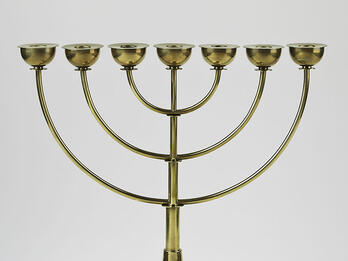
Seven-Branched Candelabrum
Menorahs with seven arms are traditionally displayed in synagogues as a reminder of the Second Temple in Jerusalem. This brass menorah by Gyula Pap also has seven arms but is strikingly different in…

